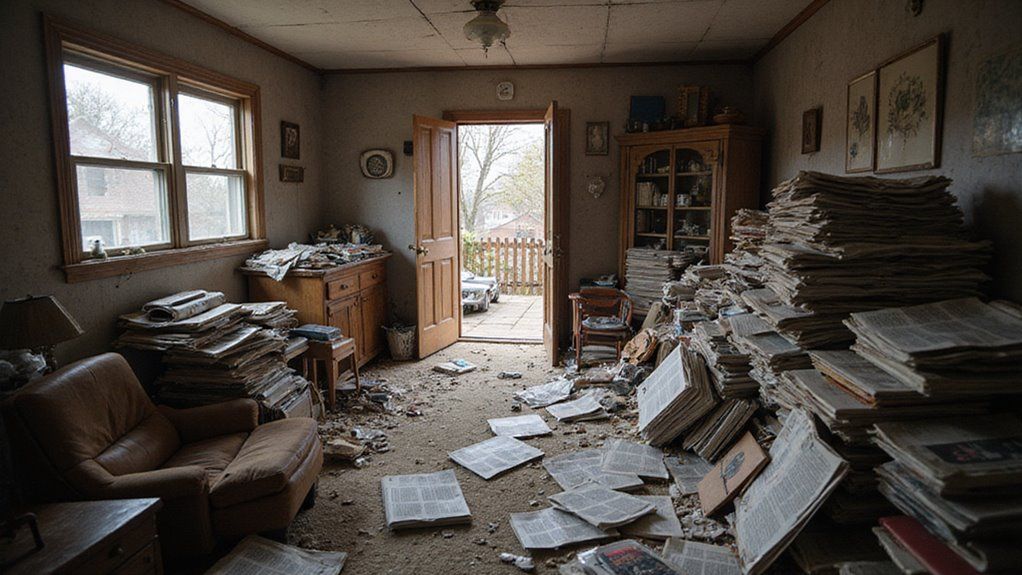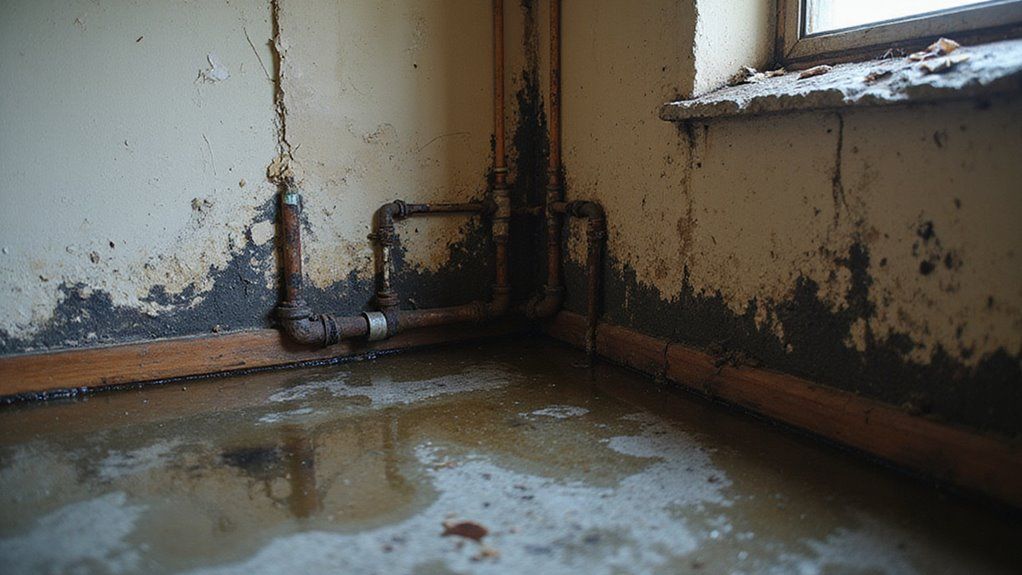How to Price a Rental Property for Sale

Setting the right price for a rental property is a tough challenge. Price it too high, and buyers will walk away. Price it too low, and you lose profit.
Many sellers struggle to find that sweet spot. They worry about losing money or waiting for months to find a buyer. The wrong price can mean wasted time and missed opportunities.
The best way to price a rental property for sale is to combine rental income, recent sales data, and current market demand.
This method helps you make a smart, fair decision. It guides you toward a price that attracts buyers and protects your investment.
This blog will give you clear steps to choose the right price and avoid common mistakes.
Key Takeaways
- Analyze recent sales and current rents of comparable properties in your area to determine a competitive market value.
- Calculate the property’s net operating income (NOI) and use local cap rates to estimate its investment value.
- Review lease terms, tenant quality, and occupancy status, as stable tenants and long leases increase appeal and value.
- Consider property condition and recent upgrades, as well-maintained and modernized rentals command higher prices.
- Factor in local market trends, seasonal demand, and vacancy rates to ensure your pricing aligns with current conditions.
Understanding Market Value in Your Area
Market value is the typical rent properties like yours are getting in your area. You must know this before setting your rental price. If you price too high or too low, you risk losing money or tenants.
Start by collecting data on recent leases for similar homes. Look for properties with the same size, features, and age as yours. If you cannot find exact matches, use the closest options. Comprehensive market analysis can help you compare pricing of similar properties in the current market.
Check if local rules affect rental demand. Zoning laws may limit short-term rentals or multifamily use. Such rules can change how much renters will pay.
Trends matter when setting your price. If rents are rising or falling, adjust your expectations. Online sites and MLS records can help you spot these changes.
Always use real numbers, not just listed prices. Compare your home to others using up-to-date facts. This way, your rental price will be fair and competitive.
Small improvements, such as upgrading outdated appliances, can also increase your property’s appeal and may allow you to set a higher rental price.
Evaluating Current Rental Income
Start by reviewing your lease agreements to understand exactly what tenants are paying and what terms apply. Compare your current rents to market rates in your area to see if you're leaving money on the table. Factor in your property's vacancy rates, since even a slight uptick can erode annual income and signal a need for price adjustment.
To accurately assess your sale price, take time to analyze competition and identify how similar rental properties are performing in your local market. When preparing your rental property for sale, it’s also wise to verify cash buyer funds to ensure any potential buyer has the financial means to complete the transaction smoothly.
Analyzing Lease Agreement Details
Analyzing lease agreement details helps you understand your property’s current rental income and future potential. If you review each lease closely, you can spot errors or missing details. Accurate records make it easier to manage your property well.
Lease start and end dates help you predict when tenants may leave. If leases end soon, you might face vacancies. Long-term leases can reduce turnover risk.
If you check clauses on rent increases and renewals, you can estimate future income better. Security deposit amounts and late fee rules affect your cash flow. Tenant screening rules show if your tenants are likely to pay on time.
Clear lease analysis supports smart pricing decisions. If you review all details, you can make better choices for your property. Good leases can also attract buyers and add value.
Assessing Market Rent Comparisons
Market rent comparisons show if your rents match similar properties nearby. You should compare your rents to those of similar units in your area. This helps you see if you are charging the right amount.
Check recent rental prices for units with similar size, amenities, and building condition. Make sure to note if rent control rules affect some properties. Such rules can limit how much rent can be increased.
If your rents are lower, you may have room to raise them at lease renewal. You should keep records of your findings for future reference. Accurate comparisons help you understand your position and support your asking price.
Considering Vacancy Rates
Vacancy rates show how often homes in your area are empty. If your unit is empty, you lose rental income. Knowing these rates helps you set a realistic price.
High vacancy rates may mean you need to lower your rent. Seasonal changes can also affect how many people are looking to rent. If you ignore these trends, your property may sit empty longer.
Compare local vacancy rates to past years to spot changes. Look at your neighborhood’s trends, not just the whole city. If vacancies last too long, your yearly income will drop.
Track these numbers before setting your rent price. Using this data helps you avoid overpricing and losing money. If you adjust your price with the market, you can keep steady tenants and income.
Analyzing Comparable Property Sales
Analyzing comparable property sales helps you find the right rental price. Comps show what similar properties have sold for recently. If you want accurate pricing, you must look at these sales.
You should compare properties with similar leasehold interest and zoning. These factors can affect a property's value. Always check recent sales in your area, ideally from the last six months. Reviewing current market trends can also provide valuable insight into how your property may be positioned among recent sales.
Compare square footage, amenities, and lease terms when reviewing comps. Your analysis will be stronger if you use data instead of opinions.
You can use these details to set a fair and competitive price. If you follow this method, your pricing will reflect the current market. When comparing properties, consider the tax implications that may arise when selling, as they can influence your net proceeds and help you develop a more comprehensive pricing strategy.
Factoring in Occupancy Rates
You need to account for occupancy rates because they directly influence your property’s market value and income potential. Analyze historical data to spot seasonal vacancy trends that can affect your expected cash flow. By tracking these patterns, you’ll make more accurate pricing decisions and minimize revenue gaps.
Additionally, understanding how proper pricing and marketing strategies can attract more reliable tenants will help ensure consistently higher occupancy rates and stronger returns. Sellers should also consider the importance of cleaning house and maintaining curb appeal, as these factors can help attract tenants and buyers during high-activity seasons.
Impact on Property Value
Occupancy rates have a direct impact on a property's value. High occupancy means steady rental income and makes the property more attractive to buyers. If a property has frequent vacancies, its value may decrease.
Landlords must maintain the property and screen tenants well to keep occupancy high. If you do not manage tenants properly, you may face more vacancies. Consistent occupancy helps you earn higher yearly income.
Buyers and lenders consider occupancy data when judging a property's risk. Properties with low vacancy rates are seen as stable investments. If your property stays full, its market value is likely to increase.
Seasonal Vacancy Trends
Seasonal patterns can change your rental property's occupancy rates. High and low seasons affect how often your property gets rented. Understanding these trends helps you set a better price.
Urban rentals often have more vacancies in summer due to job moves or school changes. Vacation rentals usually fill up during holidays like winter breaks or spring vacations. If your rental stays empty off-season, buyers might offer less.
You should compare your property's past occupancy with local trends. If you find long empty periods, adjust your price. Using this data, you can appeal to buyers looking for steady income.
Considering the Condition of the Property
The condition of your property directly affects its sale price and rental income. A well-kept home attracts better offers and tenants. Clean, updated spaces make a strong first impression. Landscaping improvements can help the property look cared for and inviting.
New appliances, especially energy-saving ones, may raise the rent by up to 10%. Fresh paint and new floors often lead to quicker sales and good returns. Updated kitchens and bathrooms are important to buyers and appraisers. If you upgrade these areas, you could get a higher price.
Always look at the property honestly—its condition will set the price. Before listing, consider requesting a Comparative Market Analysis to gain insight into how your property's features and condition compare to similar homes in your area. Staging the property can further boost its appeal by showcasing the potential of each room and helping buyers envision themselves living there.
Assessing Lease Terms and Tenant Situation
Lease terms and the tenant's situation directly affect rental pricing. If you have a stable tenant and a long lease, your property becomes more attractive. Buyers may pay more for less risk.
A short lease or a tenant with low credit can lower your price. Investors usually see these as riskier deals. They might offer less to cover possible vacancies. In these situations, well-maintained appliances can help offset some buyer concerns and slightly boost your property's appeal.
A tenant with strong credit builds buyer trust. If your tenant has poor credit, buyers may view your property as less valuable. Having no tenant could interest buyers who want to live in the home.
You should review each factor carefully when setting your price. Use facts and data to support your decision. This approach helps you stay realistic and competitive.
When pricing your rental, consider capital gains tax rules that may impact your net proceeds from the sale.
Calculating Net Operating Income (NOI)
To calculate your Net Operating Income (NOI), start by determining your gross rental income based on current market rates and occupancy projections. Next, subtract all operating expenses, such as maintenance, property management, insurance, and taxes.
This figure gives you a clear, data-backed snapshot of your property’s earning potential. When evaluating NOI for a potential sale, it’s also helpful to consider recent sales of comparable properties to ensure your valuation aligns with current market trends. Understanding your NOI is a crucial component when setting a competitive list price and can help you maximize your return when selling your rental property.
Determining Gross Rental Income
Gross rental income is the total money you collect from all rental units in one year. This figure is the starting point for calculating Net Operating Income (NOI). If you do not calculate this amount correctly, your future financial estimates may be wrong.
Multiply the current monthly rent for each unit by twelve to get the yearly total. If units have different rents, add each annual rent together.
You should also consider vacancy rates. Use tenant screening data to estimate how long units stay empty between renters. If vacancy rates are high, your gross income will be lower.
Lease renewal rates can show if your income is stable. If most tenants renew, you can expect steady income each year. If not, income may change often.
Other income sources add to your total. These can include parking fees, pet rent, or laundry charges. If you have these, add them to your gross rental income.
Subtracting Operating Expenses
To estimate profit from gross rental income, subtract all operating expenses. This gives you the net operating income (NOI). NOI is the actual profit before debt payments and taxes.
List all regular costs, such as property management fees, insurance, taxes, utilities, maintenance, and association dues. If you forget vacancy rates or repair reserves, your estimate will be too high. Use local data to check if your numbers match typical expenses.
Property management often costs 8–12% of your gross income. Maintenance might be about 1–2% of the property’s value each year. If you subtract these expenses, you can see the rental’s real earning power.
Applying Cap Rate Analysis
Cap rate analysis helps investors judge a rental property's earning potential. Cap rate shows the ratio of net operating income (NOI) to the property’s price. Investors use it to compare different rental properties.
Smart investors look at recent sales and cap rates in the same area. They also check if rent prices have gone up or down over time. If zoning rules change, future rental income might be affected.
Buyers should adjust their expectations if the market is slow or investor demand drops. Reviewing these factors helps you set the right price for your property. A careful approach supports both profits and market appeal. When evaluating buyers, it's important to watch for red flags that may indicate scams or untrustworthy offers.
Accounting for Recent Upgrades and Repairs
You should quantify recent upgrades and repairs to gauge their direct impact on your rental's value. Analyze comparable listings to see how modernized features—like updated kitchens or energy-efficient systems—translate to higher rents. Highlighting these improvements in your pricing strategy helps you capture market premiums and attract quality tenants.
Valuing Renovation Investments
Valuing renovation investments means knowing how upgrades increase your rental property's worth. Each improvement should be measured for its effect on rent and resale value. Accurate pricing helps you avoid losing money or setting the rent too low.
If you refinish hardwood floors, the place looks better and lasts longer. Kitchen upgrades, like energy-efficient appliances, make the unit more appealing to tenants. Restoring original features can increase value, especially in older homes.
Luxury features, such as in-unit laundry or secure parking, may let you charge higher rent. You should always check recent sales of similar homes to judge each upgrade's true market value. This method helps you make smart investment decisions.
Highlighting Modernized Features
Modernized features add real value to rental properties. New HVAC systems, updated wiring, and smart home technology attract quality tenants. If your property has these, you can ask for higher rent.
Energy-efficient appliances and security systems are in high demand. Luxury amenities like rainfall showers or heated floors also increase your property’s appeal. Buyers often pay more for these upgrades.
Landscaping improvements boost curb appeal and signal good maintenance. Properties with modern features usually sell faster and at better prices. If you compare similar sales in your area, you can see the value these upgrades add.
List each improvement clearly in your property listing. Highlighting these features can justify a higher asking price. You will likely attract buyers willing to pay more.
Reviewing Local Real Estate Trends
Analyzing local real estate trends helps you price your rental property correctly. Rental prices change with economic shifts and the number of available homes. Reviewing these trends ensures your price matches the current market.
Keep your rental price competitive by monitoring local real estate trends and adjusting to current market conditions.
Compare your property to similar rentals nearby. If the luxury market is stable, your high-end rental may see steady demand. When there is an oversupply, prices may drop.
Check recent sale prices of similar rentals in your area. Study rental price changes and average occupancy rates in your neighborhood. If new commercial buildings open, they could increase rental demand nearby.
Track how quickly similar properties rent or sell. If properties are leased fast, your area may be in high demand. Slow leasing could mean you should lower your price.
Consulting Real Estate Professionals
Consulting real estate professionals helps you understand local pricing trends. Agents know what affects property values in your area. They can spot patterns you might not notice alone.
Professionals use recent sales and rental data to set the right price. Their local knowledge covers trends like empty nesters and pet-friendly homes. If you want a fair price, rely on their data and experience.
Agents also offer advice for negotiations. They prepare you for what buyers expect in your market. If you want to avoid mistakes, their support is valuable.
Adjusting for Unique Property Features
Unique property features can affect how much rent you can charge. If your unit has special features, you should adjust your price. Compare your property to others nearby and see what makes yours different.
Features like smart home systems or new appliances can increase rental value. Landscaping or custom decor may also help set your unit apart. Use recent sales or rental data to estimate how much extra you could charge.
If your property has energy-efficient upgrades, renters may pay more due to lower utility costs. Premium lighting or new flooring can also make your unit more attractive. Adjust your rental price to reflect these benefits and attract more tenants.
Weighing Tax Implications of the Sale
Taxes can greatly affect how much money you keep when you sell a rental property. Capital gains taxes may lower your profit, especially if your property increased in value. You should figure out your gain by looking at the purchase price, improvements, and selling costs.
If you want to keep more money, consider a 1031 exchange. This method lets you buy another investment property and delay paying taxes. You must follow strict rules for this to work.
Recent tax law changes could change your results. Depreciation recapture may also increase your tax bill when you sell. By understanding these taxes, you can set the right price and meet your financial goals.
Setting a Competitive Listing Price
To set a competitive listing price, use current market data instead of guesses. Compare your property with similar local rentals to find a fair price. This helps you attract good tenants and earn more income.
Check at least five similar properties nearby for size and features. If your property has upgrades, you may be able to ask for more rent. Always consider how long similar listings stay on the market.
You should adjust your price if your property has special features. If online interest is low, consider lowering the price. Proper pricing brings more serious renters and better offers.
Conclusion
If you want to sell your rental property quickly, accurate pricing is essential. When sellers use current market data, they attract more interested buyers. If you consider the property’s features and local trends, you can set a competitive price.
If you want a hassle-free sale, we buy houses for cash. Jay Primrose Properties understands the local market and values your time. If you need to sell fast, a cash offer can help you avoid long waits and extra costs.
If you are ready to sell or want more information, we are here to help. Contact Jay Primrose Properties today for a fair cash offer. Let us make your selling process simple and stress-free.
Give us a call anytime at 253-697-0007 or fill out this quick form to get started today!
Get A Fair Cash Offer On Your House

About the author
Justin Baker
Justin Baker is the founder of Jay Primrose Properties, a leading cash home buying company based in Tacoma, WA. With a passion for real estate investing, Justin has helped numerous homeowners in the Pacific Northwest region sell their homes quickly and hassle-free. Justin believes that buying and selling real estate should be a seamless process and works tirelessly to ensure that his clients have a stress-free experience. With a deep understanding of the local real estate market and a commitment to exceptional customer service, Justin has established himself as a trusted and reliable cash home buyer in Tacoma and the surrounding areas.











